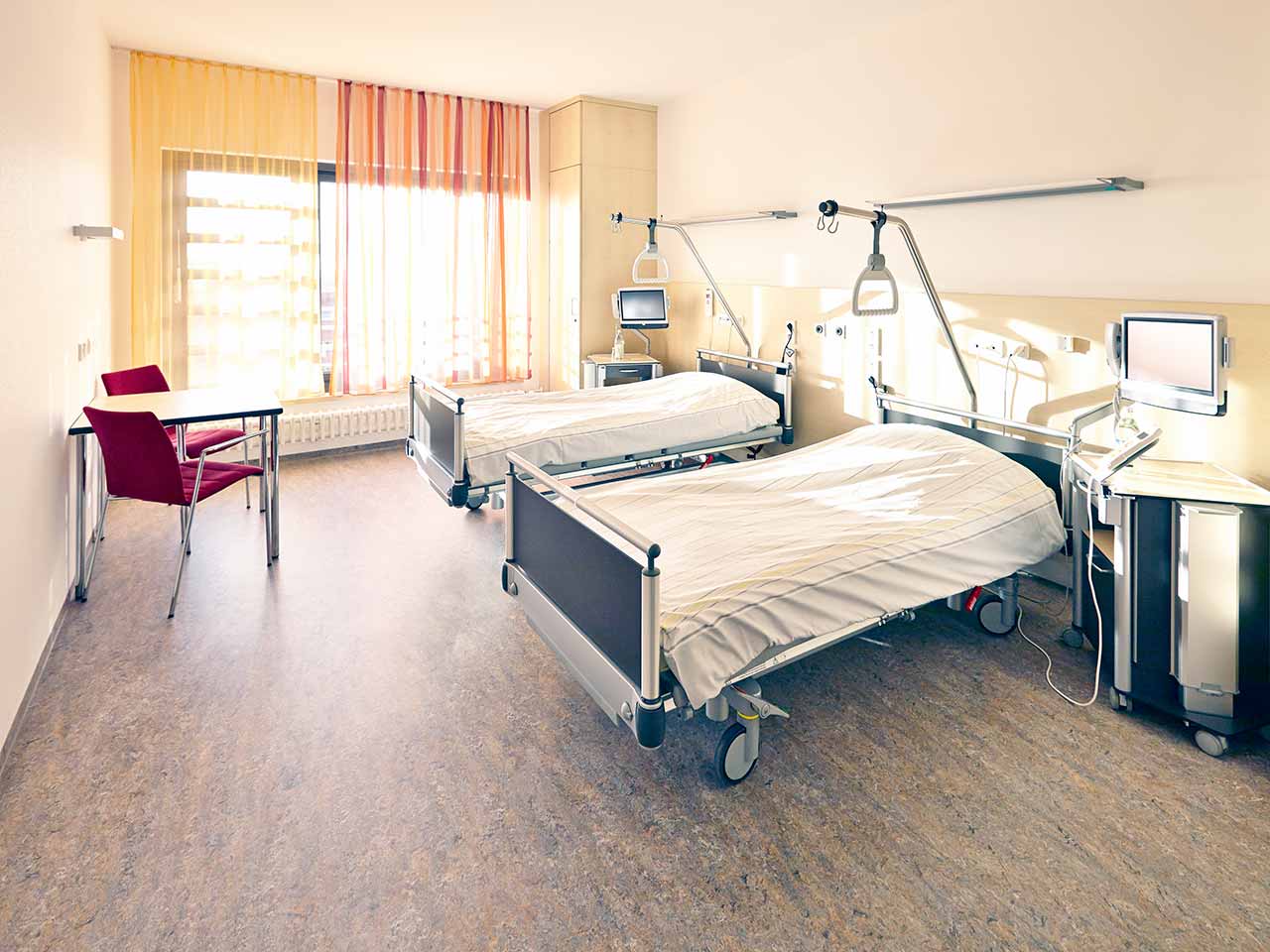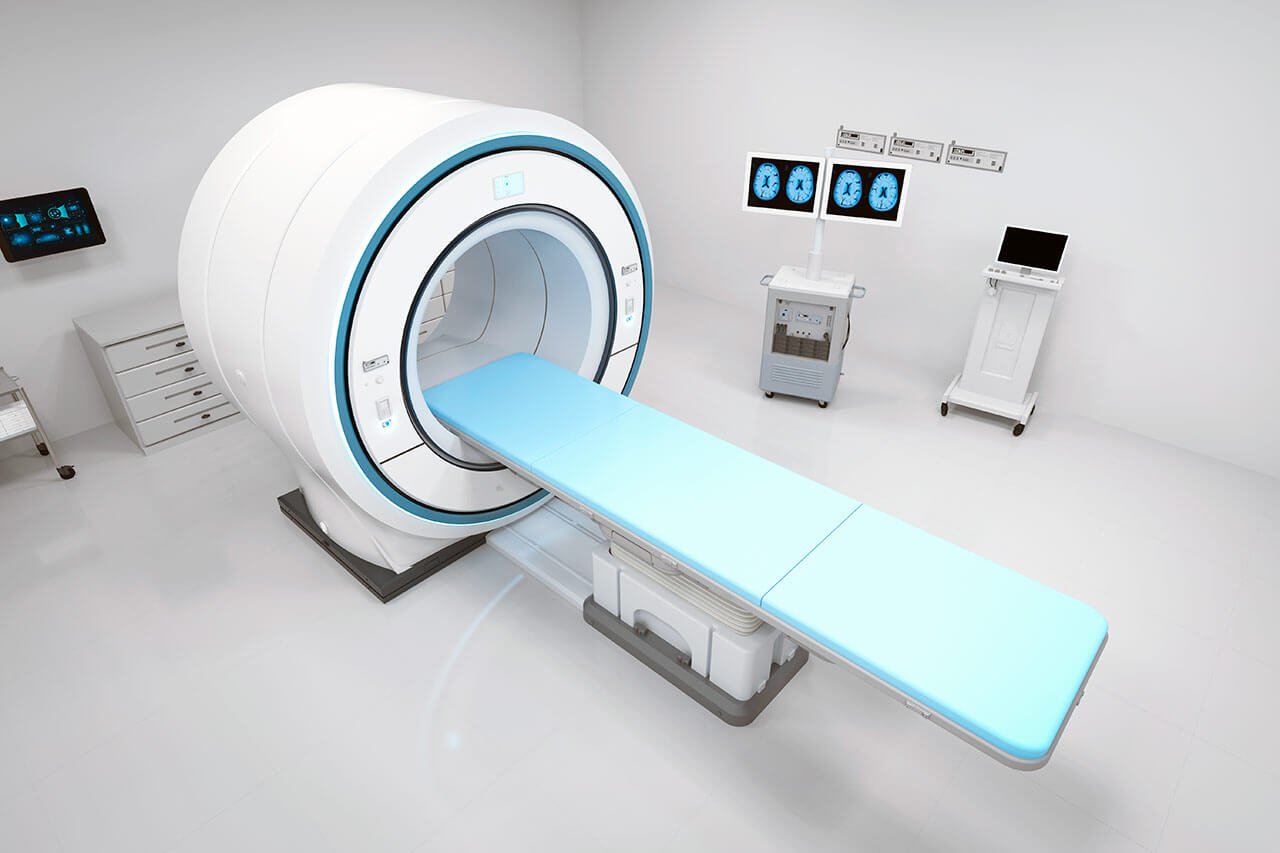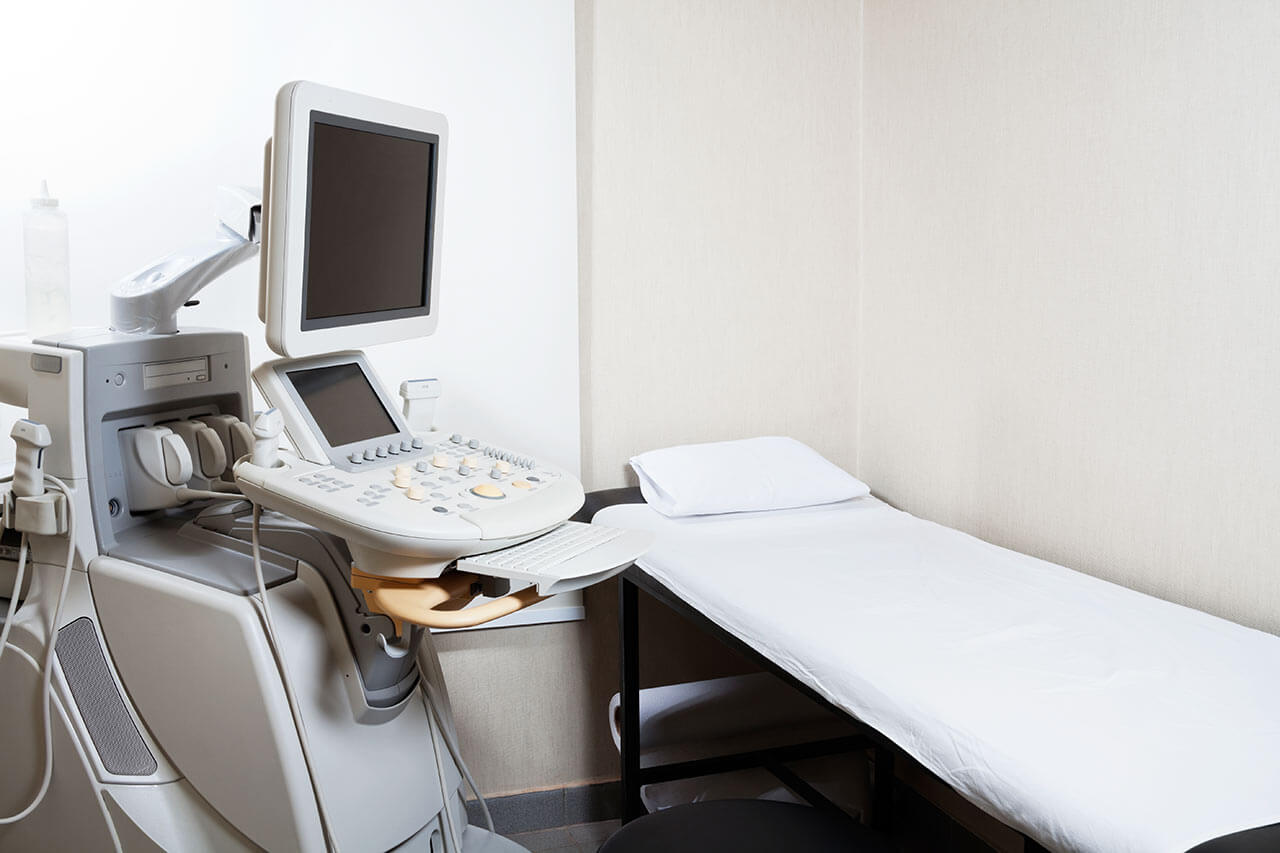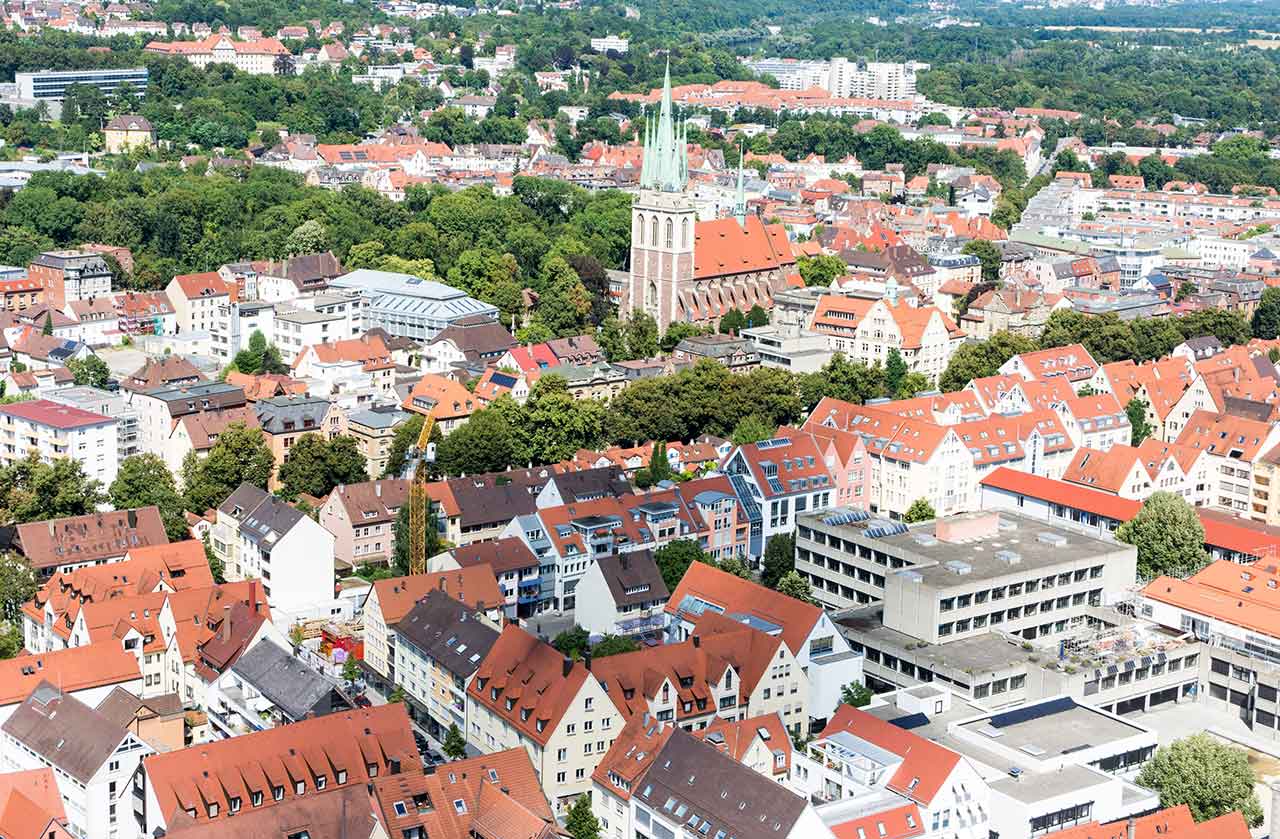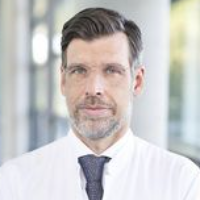
The program includes:
- Initial presentation in the clinic
- case history collection
- general clinical examination
- laboratory tests:
- complete blood count
- biochemical analysis of blood
- indicators of inflammation
- indicators blood coagulation
- ophthalmologic examination:
- ophthalmoscopy
- gonioscopy
- pachymetry
- perimetry (visual field test)
- computerperimetry
- Goldmann-primetry
- fluorescein angiography
- thermography
- capillary microscopy
- testing for optic nerve damage
- tonometry
- intraocular pressure measurement
- preparation according to preoperative standard
- glaucoma treatment with laser trabeculoplasty (ltp)
- symptomatic treatment
- cost of required medications
- nursing staff services
- elaboration of further recommendations
Required documents
- Medical records
Service
You may also book:
 Price from:
Price from:
About the department
The Department of Adult and Pediatric Ophthalmology at the University Hospital Ulm offers modern diagnostics and treatment of diseases of the eye and its appendages. The main areas of the department's clinical activity include cataract surgery, vitreoretinal surgery, and the treatment of glaucoma, age-related macular degeneration, diabetic retinopathy, and eye injuries. The medical facility successfully performs corneal transplant surgery: DMEK lamellar keratoplasty (partial thickness corneal transplantation) and penetrating keratoplasty (full-thickness corneal transplantation). The department has a competent team of pediatric ophthalmologists who specialize in the treatment of retinopathy of prematurity, strabismus, amblyopia, nystagmus, eye injuries, and other eye diseases in children. The department also houses a Center for Intravitreal Therapy, where intraocular injections are performed for the treatment of macular and retinal diseases. Ophthalmologists have at their disposal state-of-the-art equipment, such as powerful laser systems, operating microscopes, ophthalmoscopes, refractometers, ultrasound devices, and many others. The department's specialists give preference to personalized care and apply the very latest therapeutic techniques that provide people with the opportunity to see the world in bright colors again. The Head Physician of the department is Prof. Dr. med. Armin Wolf.
One of the most common diseases in the department's clinical practice is glaucoma. Glaucoma is associated with a persistently increased intraocular pressure, which affects the optic nerve. Without timely medical attention, irreversible vision loss or even total blindness may occur. A diagnostic protocol for suspected glaucoma includes a general eye examination, intraocular pressure measurement, visual field testing, optical coherence tomography (OCT), and scanning laser polarimetry. Upon confirmation of the diagnosis, the department's specialists proceed with the development of an individualized treatment regimen. In the early stages of glaucoma, conservative treatment with eye drops to normalize intraocular pressure is prescribed. The second-line treatment is a laser procedure. If the above-mentioned methods fail to normalize intraocular pressure, the patient is offered surgical treatment: cyclophotocoagulation using classical surgical techniques, minimally invasive interventions with iStent inject® W and Kahook Dual Blade® implants, and bypass surgery with a PRESERFLOTM shunt or Ahmed® valve. The doctor determines the best type of intervention depending on the stage of glaucoma and associated ocular lesions.
Cataracts are also one of the most common eye diseases. This pathology causes partial or total clouding of the lens. The treatment of advanced stages of cataract involves surgical methods because conservative therapy is ineffective in such cases. The globally recognized surgery for cataract is ultrasonic phacoemulsification. With a microsurgical incision, doctors open the lens capsule and destroy it under the influence of ultrasound. Following this, an intraocular lens is replaced with an artificial one. If presbyopia or astigmatism is diagnosed during preoperative diagnostics, a special intraocular lens is selected, which makes it possible to eliminate cataracts and the above-mentioned visual impairments at the same time. Patients can thus get rid of several diseases during one operation.
The department's specialists have vast experience in the treatment of retinal detachment. This is a serious eye disease that may lead to total blindness. An effective treatment method for retinal detachment is a surgical intervention. In rare cases of incomplete detachment, laser photocoagulation may be used as well. "The gold standard" for surgical treatment of retinal detachment is vitrectomy. The intervention implies partial or total removal of the vitreous body. If an epiretinal membrane is detected on the retina, its peeling is simultaneously performed.
An important area of work for the department's ophthalmologists is the treatment of diabetic retinopathy. This disease is one of the most frequent complications of diabetes mellitus and may potentially lead to complete blindness. Until recently, diabetic retinopathy was considered an incurable disease, but now, ophthalmologists have in their arsenal effective methods that allow them to save the patient's vision. These include intravitreal (intraocular) injections of drugs, retinal laser coagulation, and vitrectomy.
The team of pediatric ophthalmologists is responsible for treating eye diseases in young patients. The department's doctors most often deal with such diseases in children as strabismus, amblyopia, nystagmus, retinopathy of prematurity, and neuro-ophthalmologic pathologies. Glasses or contact lenses are often sufficient to treat strabismus in children. Optical correction is aimed at eliminating focusing anomalies, which helps reduce the strain on the visual system and improve binocular vision. In addition to optical correction, the department uses orthoptic treatment. It is based on a complex of exercises aimed at training eye muscles and restoring the proper position of the eyeballs. The exercises help to strengthen the muscles responsible for eye movement and improve the coordination of their work. In rare cases, when conservative therapy is unsuccessful, pediatric ophthalmologists resort to the surgical correction of strabismus. Surgical treatment of strabismus in children may include correction of the position of eye muscles, operations on the eyeball, or repair of deformities. The department also successfully uses innovative methods such as botulinum toxin therapy. It is aimed at temporarily weakening the muscles that cause strabismus. This method can be used in combination with other therapeutic approaches to achieve the best results.
The department's range of medical services includes:
- Adult ophthalmology
- Treatment of glaucoma
- Conservative treatment with eye drops for intraocular pressure normalization
- Sparing laser procedures
- Surgical interventions: cyclophotocoagulation, placement of iStent inject® W and Kahook Dual Blade® implants, PRESERFLOTM shunt placement, and Ahmed® valve implantation
- Treatment of cataracts
- Ultrasound phacoemulsification with intraocular lens implantation
- Treatment of retinal diseases
- Intravitreal injections
- Retinal laser photocoagulation
- Vitrectomy (if necessary, in combination with epiretinal membrane peeling)
- Treatment of diseases of the conjunctiva, cornea, and anterior segment of the eye
- Laser surgical interventions
- Corneal cross-linking
- Descemet's membrane endothelial keratoplasty (DMEK)
- Penetrating keratoplasty
- Amniotic membrane transplantation
- Keratectomy
- Pterygium excision
- Reconstructive plastic surgery on the ocular surface after chemical burns, fire burns, or traumatic injuries
- Presbyopia correction
- Treatment of macular diseases
- Intravitreal injections
- Treatment of eye injuries
- Reconstructive eyelid surgery after eye injuries
- Reconstructive plastic surgery or corneal transplantation after eye injuries
- Reconstructive plastic surgery on the iris and pupil
- Treatment of diabetic retinopathy
- Intravitreal injections
- Laser photocoagulation
- Vitrectomy
- Treatment of strabismus
- Surgical repair
- Treatment of glaucoma
- Pediatric ophthalmology
- Treatment of retinopathy of prematurity
- Intravitreal injections
- Laser procedures
- Surgical interventions
- Treatment of congenital cataracts in children
- Treatment of congenital glaucoma in children
- Treatment of strabismus
- Treatment of amblyopia
- Treatment of neuro-ophthalmic diseases
- Treatment of nystagmus
- Treatment of retinopathy of prematurity
- Other diagnostic and therapeutic options
Curriculum vitae
Higher Education and Professional Career
- Medical studies at the Friedrich Schiller University Jena, the Autonomous University of Barcelona, and Ludwig Maximilian University of Munich.
- 2007 Thesis defense and board certification in Ophthalmology, University Hospital of Ludwig Maximilian University of Munich.
- 2007 Senior Physician, Department of Adult and Pediatric Ophthalmology, University Hospital of Ludwig Maximilian University of Munich.
- 2010 Deputy Head, Section for Ophthalmic Surgery, University Hospital of Ludwig Maximilian University of Munich.
- 2014 - 2020 Deputy Head, Department of Adult and Pediatric Ophthalmology, University Hospital of Ludwig Maximilian University of Munich.
- Since 2020 Head Physician, Department of Adult and Pediatric Ophthalmology, University Hospital Ulm.
Clinical Interests
- Cataract surgery.
- Vitreoretinal surgery.
- Treatment of eye injuries.
- Treatment of age-related macular degeneration.
Photo of the doctor: (c) Universitätsklinikum Ulm
About hospital
The University Hospital Ulm is an advanced medical complex that provides patients with high-class medical care using the very latest scientific achievements. The medical facility has been performing successful clinical activities for more than 40 years and has long earned an excellent reputation throughout Europe. The hospital regularly demonstrates high treatment success rates, takes an active part in the training of medical students, and works tirelessly on promising research projects.
The university hospital consists of 29 specialized departments and 16 scientific institutes, where more than 7,000 highly qualified employees work for the benefit of their patients. More than 55,000 inpatients and about 300,000 outpatients are treated here every year. The hospital has 1,274 beds. The medical team of the hospital is focused on providing personalized medical services using the most modern and sparing diagnostic and treatment methods.
The University Hospital Ulm is the largest medical complex in the region, and practically all areas of modern medicine are represented here. Transplantology and oncology are among the priority areas of clinical activity in the medical facility. The hospital holds leading positions in the world in bone marrow transplantation. In addition, the hospital has advanced experience in cancer treatment. The Comprehensive Cancer Center is recognized as the leading facility of this kind in the country, and it is certified by the German Cancer Society (DKG). It provides effective treatment for various types of cancer. The center also offers innovative CAR T-cell therapy. In addition, the Cancer Center is actively engaged in research activities to improve available treatment methods and develop innovative therapeutic techniques to fight cancer.
Along with the use of advanced technologies, doctors show respect, understanding, and a humane attitude toward the patient. The medical team includes competent psychologists, who are always ready to provide assistance and support to the patients and their families during the therapeutic process.
Photo: (с) depositphotos
Accommodation in hospital
Patients rooms
The patients of the University Hospital Ulm live in comfortable single and double rooms with a modern design and light colors. All patient rooms have an ensuite bathroom with a toilet and a shower. The patient room furnishings include a comfortable automatically adjustable bed, a bedside table, a wardrobe, a table and chairs, a telephone, a radio, and a TV. Wi-Fi access is also available in patient rooms.
The hospital also offers enhanced-comfort rooms, which additionally have a safe, a refrigerator, and upholstered furniture. The bathroom in the enhanced-comfort room has changeable towels, a cosmetic mirror, a hairdryer, and toiletries.
Meals and Menus
Patients and their accompanying person are offered three meals a day: breakfast, lunch, and dinner. The patient and accompanying person have a choice of three menus every day, including a vegetarian menu. Patients staying in the enhanced-comfort rooms are also offered light snacks, fruits, desserts, and hot and cold drinks in the comfortable lounge area.
If, for some reason, you do not eat all the foods, you will be offered an individual menu. Please inform the medical staff about your dietary preferences prior to treatment.
Further details
Standard rooms include:
![]() Shower
Shower
![]() Toilet
Toilet
![]() Wi-Fi
Wi-Fi
![]() TV
TV
Religion
The hospital has a chapel where Catholic and Protestant services are held weekly. The services are also broadcast on the internal television channel of the hospital. The chapel is open 24 hours a day for visits and prayers.
The services of other religious representatives are available upon request.
Accompanying person
Your accompanying person may stay with you in your patient room or at the hotel of your choice during the inpatient program.
Hotel
You may stay at the hotel of your choice during the outpatient program. Our managers will support you for selecting the best option.
